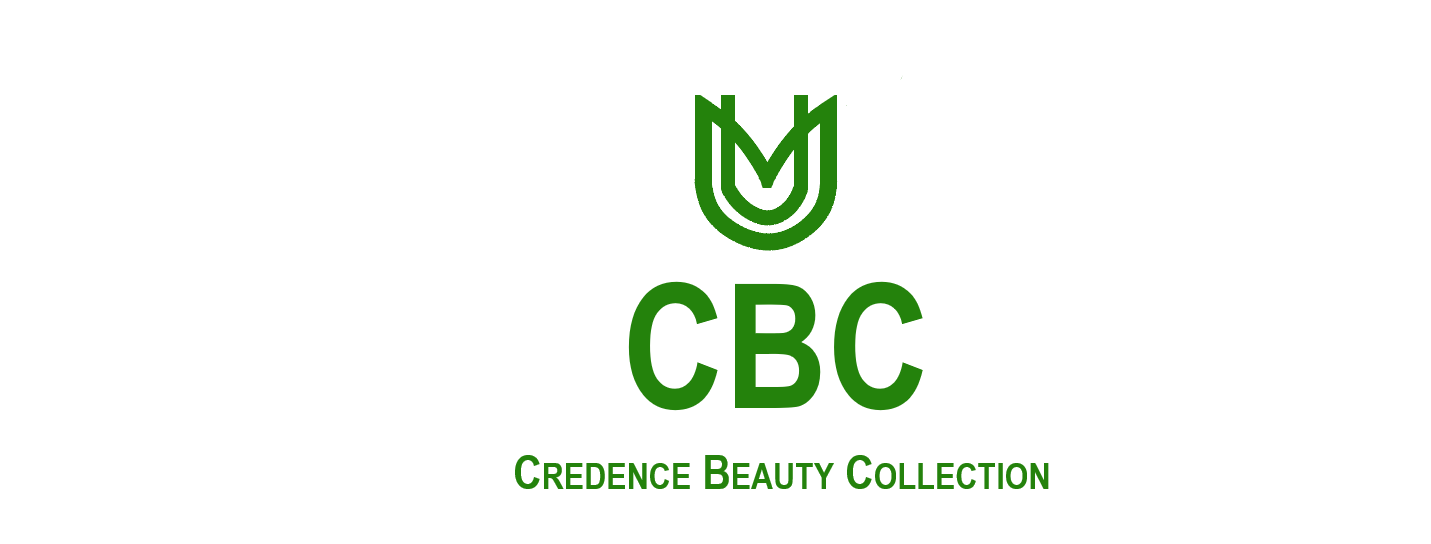The beauty industry has undergone significant transformations in recent years, driven by changing consumer preferences, advancements in technology, and shifting societal values. As one of the fastest-growing industries globally, beauty continues to captivate audiences with its diverse range of products, services, and experiences. In this article, we will explore the current trends and insights shaping the beauty industry.
Sustainability and Eco-Friendliness
Consumers are increasingly prioritizing sustainability and eco-friendliness in their beauty choices. Brands are responding by adopting environmentally responsible practices, such as using recyclable packaging, sourcing natural ingredients, and reducing waste. This trend is driven by growing awareness of the industry’s environmental impact and consumers’ desire to make conscious choices.
Clean Beauty
The clean beauty movement emphasizes the use of natural, non-toxic ingredients and transparency in labeling. Consumers are seeking products that are free from harsh chemicals, artificial fragrances, and dyes. Brands are reformulating products and highlighting their commitment to clean beauty, reflecting a shift towards more mindful consumption.
Personalization and Customization
Advances in technology have enabled brands to offer personalized beauty solutions tailored to individual skin types, tones, and preferences. Online quizzes, skin analysis tools, and AI-powered recommendations are becoming increasingly popular, allowing consumers to discover products that cater to their unique needs.
Diversity and Inclusivity
The beauty industry has made significant strides in promoting diversity and inclusivity. Brands are expanding their shade ranges, featuring diverse models in campaigns, and celebrating individuality. This shift towards inclusivity reflects a growing recognition of the importance of representation and body positivity.
Digital Influence and Social Media
Social media platforms have become essential channels for beauty brands, influencers, and consumers. Influencers and content creators share their experiences, tips, and favorite products, shaping consumer opinions and driving sales. Brands are leveraging social media to engage with audiences, promote products, and build brand awareness.
Wellness and Self-Care
The beauty industry is increasingly focusing on wellness and self-care, recognizing the interconnectedness of physical and mental well-being. Brands are incorporating wellness principles into their products and services, such as stress-reducing skincare routines and mindfulness-promoting rituals.
Key Insights
- Consumer Education: Educated consumers are driving demand for transparency, sustainability, and efficacy in beauty products.
- Digital Transformation: The rise of e-commerce, social media, and influencer marketing has transformed the way beauty brands engage with consumers.
- Diversity and Representation: The industry’s shift towards inclusivity and diversity reflects a growing recognition of the importance of representation and body positivity.
- Sustainability: Consumers are prioritizing eco-friendly and sustainable practices, driving brands to adopt environmentally responsible practices.
- Technology: Advances in technology are enabling personalized beauty solutions, improving product development, and enhancing consumer experiences.
Trends to Watch
- Men’s Grooming: The men’s grooming market is growing, driven by increasing demand for products tailored to men’s skin and hair needs.
- Virtual Try-On: Virtual try-on technology is becoming increasingly popular, allowing consumers to test products virtually and reducing returns.
- Skinimalism: The skinimalism trend emphasizes simplicity and minimalism in skincare routines, focusing on essential products and natural ingredients.
- K-Beauty: Korean beauty trends continue to influence the global beauty industry, with a focus on innovative products, sheet masks, and skincare routines.
- Indie Brands: Independent beauty brands are gaining popularity, offering unique products, and catering to niche markets.
Conclusion
The beauty industry is evolving rapidly, driven by changing consumer preferences, technological advancements, and shifting societal values. As consumers continue to prioritize sustainability, diversity, and personalization, brands must adapt to meet these demands. By understanding current trends and insights, beauty professionals and brands can stay ahead of the curve and thrive in this dynamic industry.



